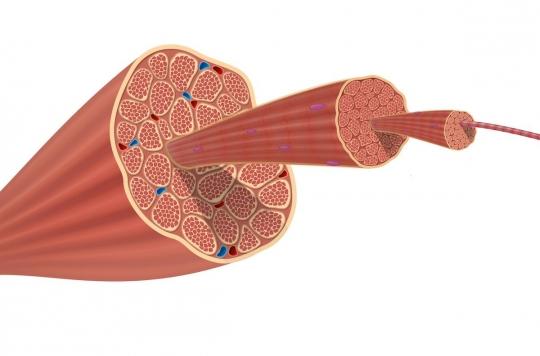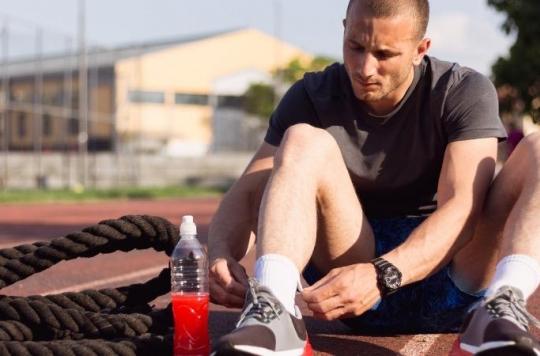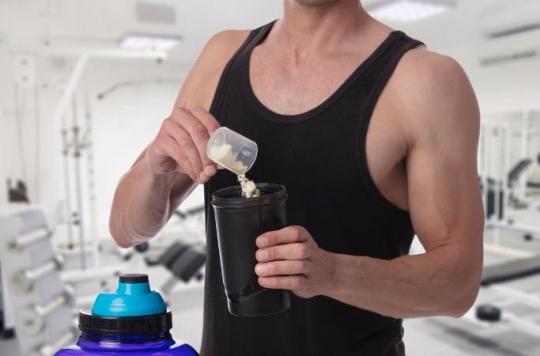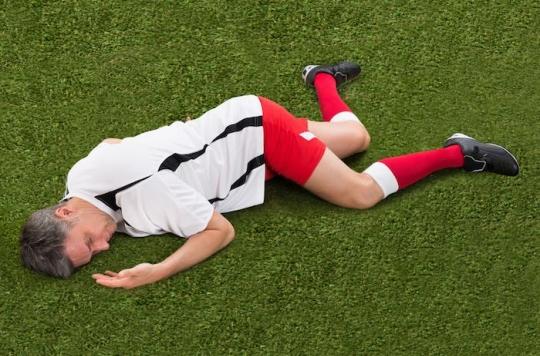The ultramarathon is a discipline with increasing success. A study portrays these athletes with exceptional endurance.
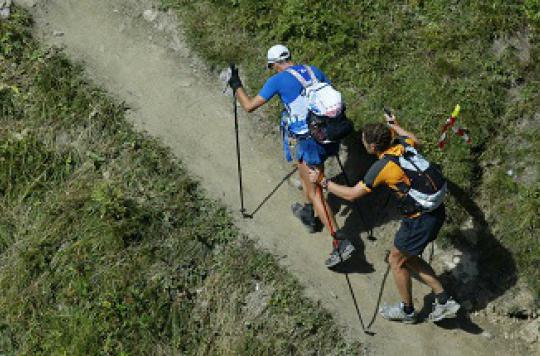
Run 100 km or for 48 hours, cover more than 60 km without a stage … Impossible? No, they are almost half a million to practice the ultramarathon, or ultra-deep, every year. This sport, increasingly popular, is however little known. A study, conducted by Stanford School of Medicine (California, United States), published on January 8 in PLOS ONE, sheds light on the health of these sports junkies. Its first installment, published in July 2013, describes this athlete as 36 years old on average in the first race, which he usually does after 7 years of training.
In better health than average
The ultramarathon is any race that exceeds the traditional 42.165 km marathon. The routes are varied and often difficult: dirt roads, mountains or even mud, everything is done to exhaust the body. In France, the most popular route is the Ultra-Trail du Mont-Blanc, with a 168 km route around the Mont-Blanc massif.
1,200 followers of the discipline participated in the study of Dr Eswar Krishnan and Martin Hoffman. They described their training habits, general health, and reported exercise-related injuries over a 12-month period. The goal: to understand who ultramarathoners are, what motivates them, but also the limits of the human body. “This will help us understand what dose of exercise is optimal, how appropriate and beneficial recreational activity is, and whether there is a reason not to push your body beyond a certain point,” explains Dr Krishnan.
Globally, followers of the ultra-deep are in better health than the general population. Over a year of practice, on average, they missed two days of work or school due to illness or injury. Americans are missing four. When they go to the doctor, these tall people most often see an injury from exercise and rarely due to chronic deterioration. As with most runners, these injuries involve the knees and lower limbs.
Fewer injuries than runners
Of these extreme runners, more than 3/4 report having injured themselves at least once during the follow-up period. They are still 65% to have lost a minimum day of training because of an accident. It is the young followers and the less experienced who are the most victims. No wonder, says Dr Krishnan: “It’s a bit like driving. Young drivers are at greater risk of accidents than older ones. Likewise, people who have recently started running are much more likely to be injured than veteran ultra marathoners. “
Unlike classic runners, fans of the ultra-deep tend to suffer less from fatigue fractures, small cracks that appear on the bones too often used: they are 3.7% to report, against 5 to 16% runners, according to studies. If they remain rare, we notice that they often appear in the same place: the feet are concerned in almost half of the cases. The practice of sport on uneven ground could explain this. Another proof of the good physical preparation of ultramarathoners: they are only 5% to be hospitalized after a competition. In half of the cases, it is dehydration, electrolyte disturbances or even heat exhaustion, which are therefore linked to the environment of the race. 20% of hospitalized athletes suffered from fractures or dislocations, mainly due to falls.
More asthma than average
Ultramarathoners may be in brilliant health, they are not immune to asthma or allergies. They even suffer more than the general population: 7 to 8% of Americans have these disorders. In extreme runners, the incidence of asthma reaches 11% and that of allergies 25%. Again, Dr. Krishnan sees nothing unexpected in this. These athletes spend a large part of their time outdoors, it is quite possible that their body reacts to a strong exposure to allergens.
The psychological profile of the followers of the ultra-deep is also worthy of interest, and will be the subject of the next series of questionnaires. “Understanding what motivates ultramarathoners can be helpful in encouraging other people to exercise as little as possible to improve their health,” says Dr. Martin Hoffman. The researchers also hope to be able to determine what knowledge or techniques help protect the more experienced from injury.
.







